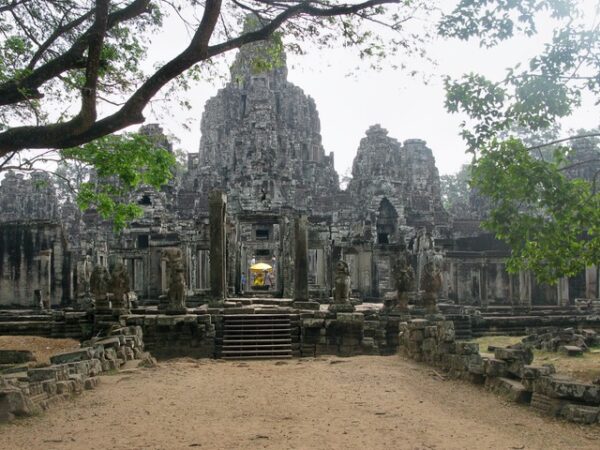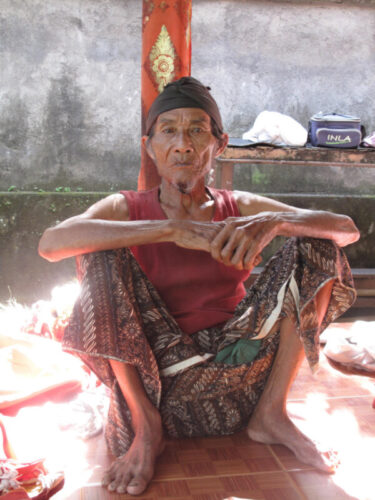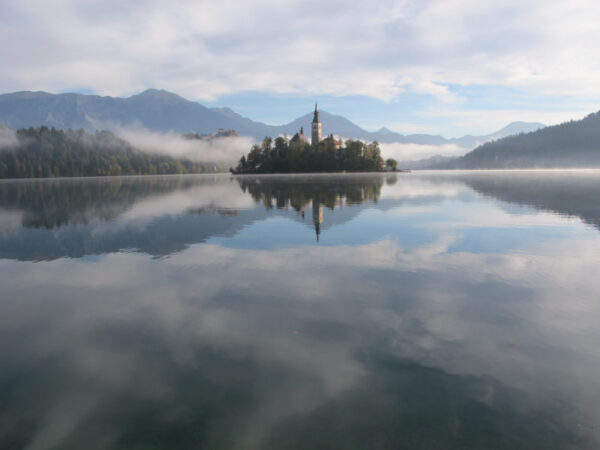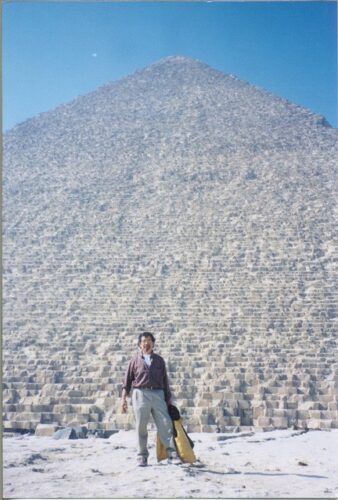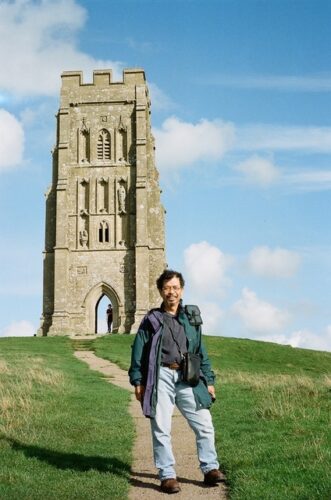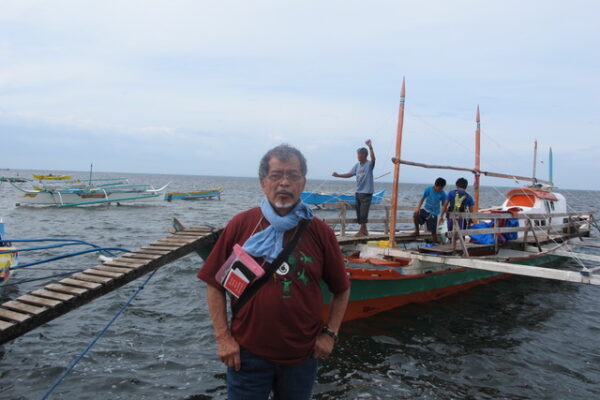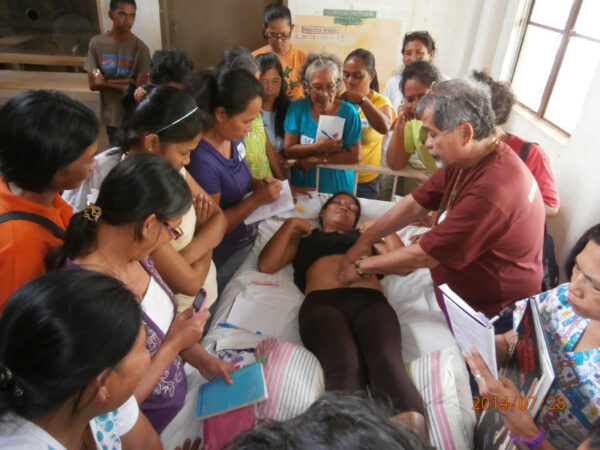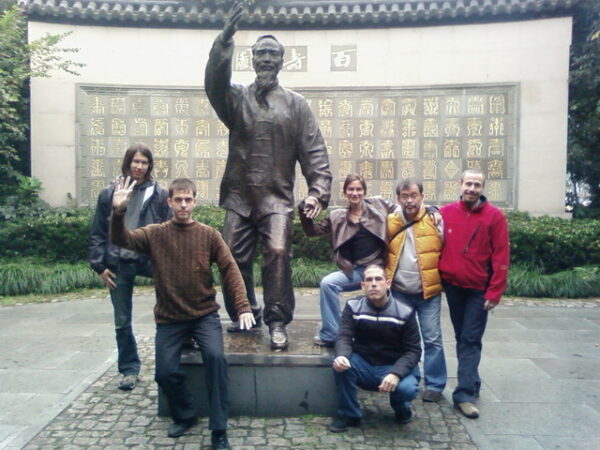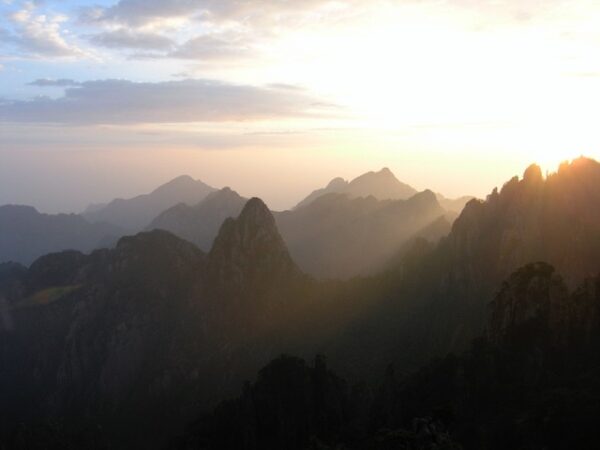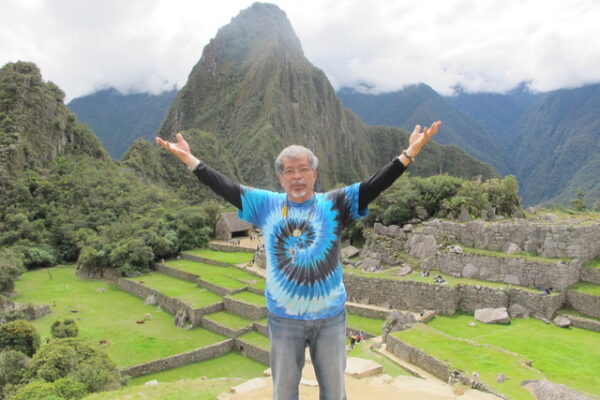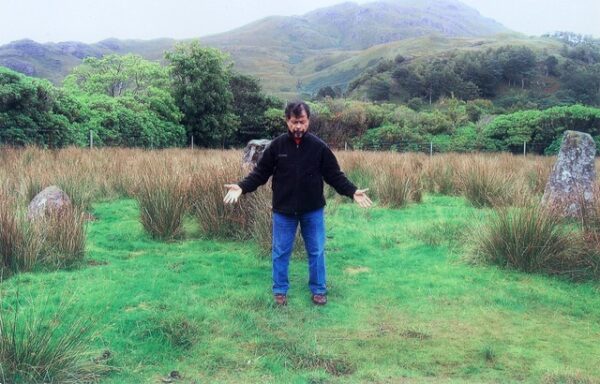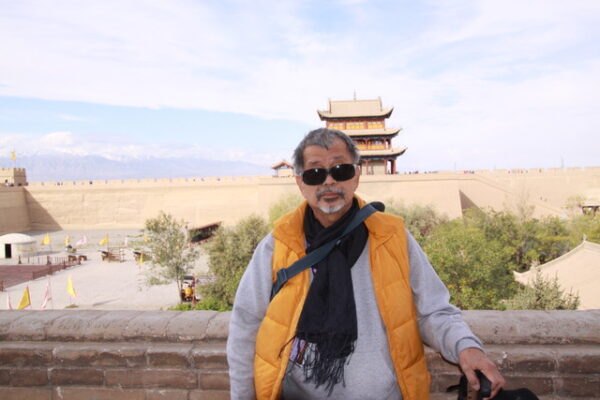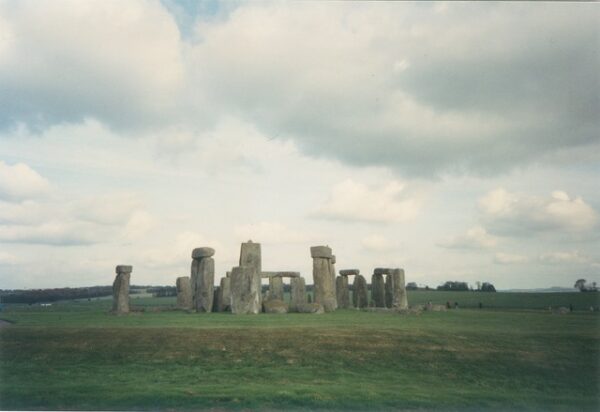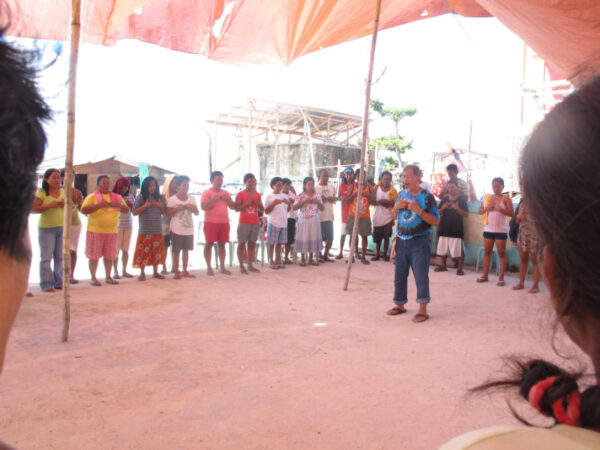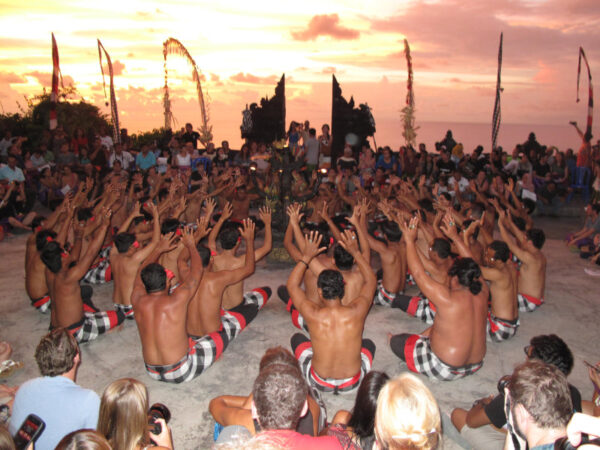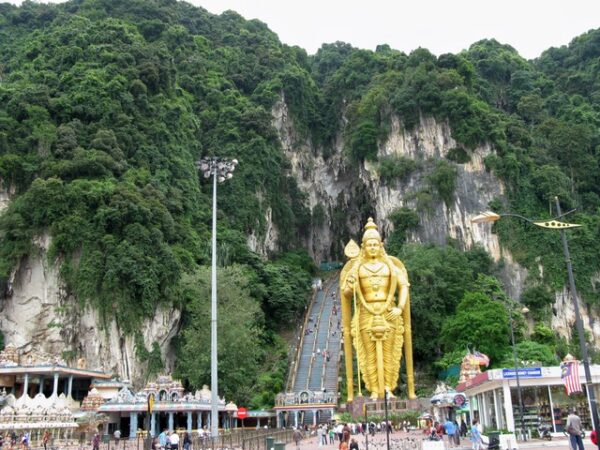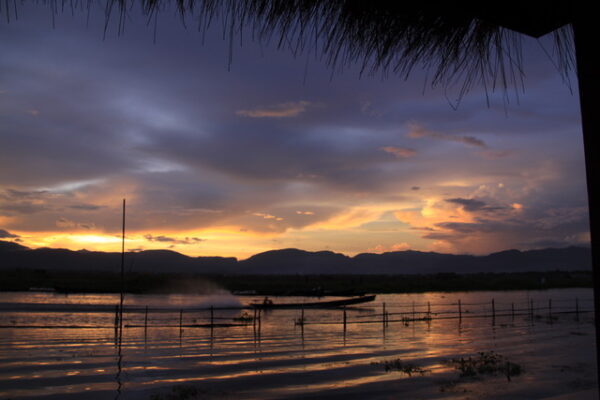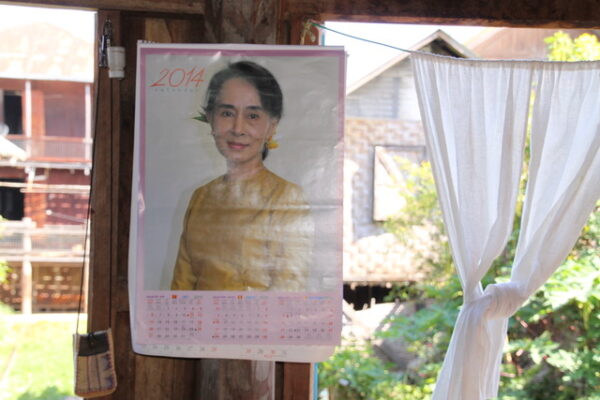I am sorry that I haven’t blogged for sometime now. It’s partly because of the pandemic, partly because of work on my poetry book “Ascension and Return: Poetry of a Village Daoist” (TambuliMedia: 2020) and partly because I’ve kept busy with other projects.
*We’ve finally come to a point in our research into the life and times of the martial arts master Lao Kim (AKA Goon Tiong). Mark Wiley, Manny Maramara and Karen Borla in the US and Dr. Jose Santiago Laraya (AKA Dr Joe) in Hongkong helped gather the different strands of the story of the old man who remained almost anonymous in the bowels of Manila’s Chinatown. He was a mysterious master, secretive, admired, envied, disparaged. He had a few close students who could be counted with the fingers of one hand. He taught at several schools but passed his advanced transmissions to a few disciples.
The story, drawn from different sources, is that Lao Kim’s village in Fujian was raided by government soldiers. Several of his relatives were killed and even Lao Kim himself, a young boy at the time, was spared because he hid in a latrine. Lao Kim and a few of his relatives escaped to a Buddhist temple where for the next ten years, they trained in martial arts. We cannot be sure about the details but it seems that during the time of the Manchus, the temples were the refuge of rebels. The Shaolin Temple in Loyang was burned by the Ching Dynasty soldiers. The monks there escaped to the temple in Fujian. We can only imagine how it must have become a beehive of martial and rebel activities.
Lao Kim and his relatives, now experts in the deadly art, returned to their village and hunted and killed the soldiers. Now, the hunter became the hunted: Lao Kim, the fugitive, escaped to Hongkong and eventually to the Philippines.
That, in a nutshell, is the outline of the narrative. Unlike some styles that try to trace their ancestry to an undocumented legendary founder, Lao Kim’s has no extended chain of transmissions from one generation or master to the next. Our lineage began with Lao Kim and the Fujian temple where he studied. His system was obscure, apparently derived from a Buddhist temple that has since been destroyed. The few of us who directly studied with Lao Kim and his number 1 disciple Johnny F. Chiuten discovered that although the system was based on the 5 Animals, its emphasis was the Dragon Tiger form and it also included the Plum Blossom, an elaborate set, and the mysterious “Fairy Child Praying to the Goddess of Mercy Guanyin.” The system originally came from a mountain temple in Fujian, not Guangdong where many family systems were developed. Lao Kim’s was a pure temple style. Its forms embody the movements of the Dragon and Tiger, the archetypal sacred animals of China and the ancient symbol of complementary and opposite dialectics, Yin and Yang.
Lao Kim moved to Hongkong to direct fighting scenes in movies in the late 1970s. The last time I saw him in Kowloon was in 1995. At the millennium, he passed away. Johnny Chiuten, Ching See San, Jose S. Laraya and I studied with Lao Kim back in the 1960s. We studied directly from Lao Kim. Masters Chiuten and Ching have passed. Dr Joe and I are probably the only surviving disciples.
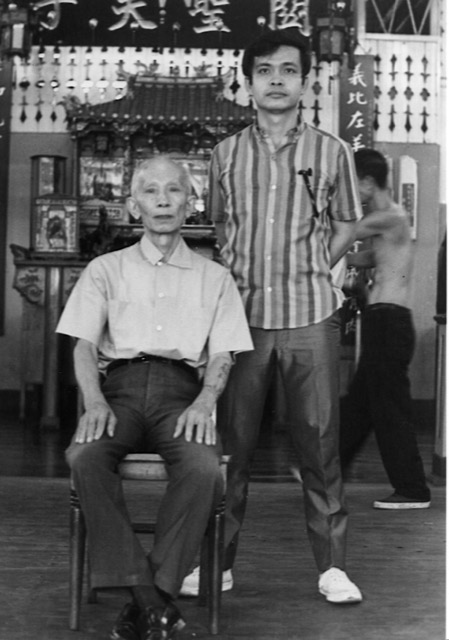
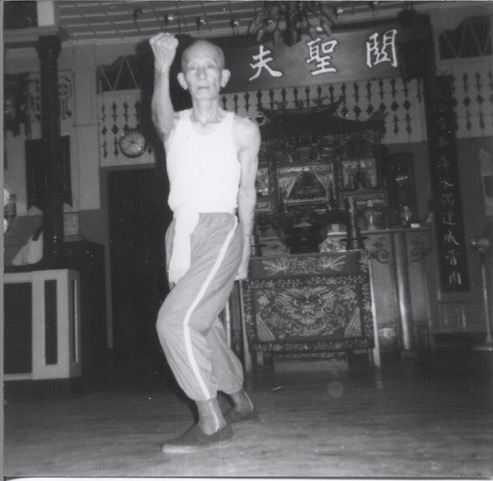
It is my belief that the forms or sets choreographed in temples were considered not just as martial arts but as meditation, worship, energetic and spiritual practice. But when they were taken out of the temple they eventually came to be taught and practiced as just martial arts.
More details are mentioned in my book tentatively titled “Of Fire and Water: Metamorphoses” (forthcoming from Tambuli Media). The collection includes 30 essays written over a period of decades. It covers the masters I’ve met and studied with, different subjects like music, poetry, healing, sexology, internal alchemy, and my own development. The book is in its final stages of editing and design. Mark Wiley and Manny Maramara have gathered the pieces from different archives. Very little revision was done to retain the original context of the essays.
*We mourn the passing of Shakespeare Chan, who introduced different martial arts styles in the Philippines after having trained in Hongkong with three different masters. He studied with Lao Kim, too, but left for Hongkong to expand his knowledge of Chinese martial arts. A soft-spoken teacher, he was a scholar who devoted his life to martial arts, especially the Buddhist styles. He was known for his elegant and accurate execution of the forms he taught. At a dinner he gave for a few of us at MegaMall in Manila, in 2005 he said that Tai chi chuan is a very good style to practice because you can do it even in your old age.
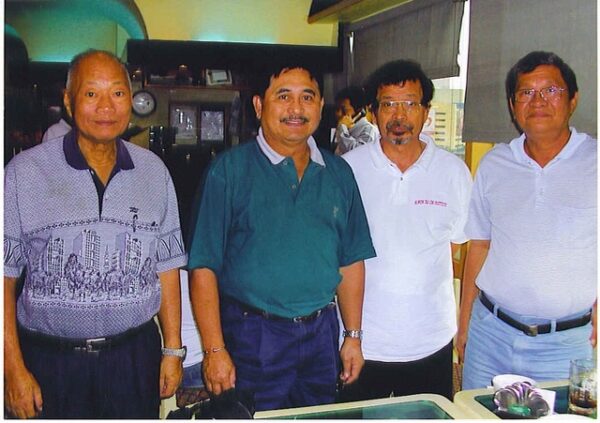
*Here are the links to my 2 presentations at the Marble Summer Arts Festival in New York City. I’ve read my poetry there the last 3 years. The first one was live but with the pandemic it went online the last couple of years.
This one is the link to my Tai Chi Chuan fist and sword form.
https://drive.google.com/file/d/1SFFQgF1YTnvTwej40N_px4Cx3P1ODxw3/view?usp=sharing\
This one is my poetry reading.
Both videos were edited by my granddaughter Ava, a senior student
and a member of the fencing (epee) team at Duke.
*Here is another link to the Marble Arts Ministry Exhibit. One of the poems – “Mattapoiset Neck Beach Spring Equinox Morning” – in the book “Ascension and Return” is included.
https://marblechurch.org/engage/arts-ministry
*I’ve received several invitations to teach on Zoom but I’ve not accepted any of them. Since the subjects involved movement I found it almost impossible to teach them. I consider corrections important. I do not know how Tai chi chuan, for instance, could be taught long distance. I admire people who could learn a Tai chi form from a video or book, but I could not imagine myself teaching it unless the student is in front of me. INAM Philippines, the sponsor of my seminars in the Philippines, has scheduled a Zoom meeting on April 2, which is essentially a conversation between their students and staff and me. Several prominent leaders in healing are scheduled to join.
*2-22-22
Good news! My publisher and I met yesterday morning to finalize the text of my new book, a collection of my essays from the last 45 years. It covers subjects like the masters who have shared their expertise in Classical Yang Family Tai Chi Chuan (Chan Bun Te, Gin Soon Chu and Vincent F. Chu), Dragon Tiger FujianTemple Kungfu (Lao Kim and Johnny Chiuten), poetry (Len Roberts and David Cortez Medalla), Thunder Path (David Verdesi, John Chang AKA Magus of java and Jiang Feng), Daoist philosophy and practice (Mantak Chia and Jeffrey Yuen) and Arnis de Mano (Amante Marinas, Filemon Caburnay, Johnny Chiuten and Guiling Tinga). There’s also something about food, alchemy, sexology and music! The text will go to an editor and designer next month. We hope to get it out to the public in the summer. It is at least 300 pages long! If I have the time left in this incarnation, there’s also another book of poetry (based on the legend of the Weaver Girl and the Shepherd Boy, the classic story of star-crossed love in China) and a book of stories (both fictional and non-fiction).
I guess we’ll be able to organize a book launch this time around, something we were not able to do with my poetry book “Ascension and Return” because of the pandemic. We’re also going to launch – hopefully in a formal event — the result of our research into the life and martial arts system of my Master Lao Kim with whom I studied in the 1960s in the Philippines. He trained in a Fujian Temple when he was a young boy. A colorful character of mythic proportion, Lao Kim Shifu passed at the millennium when he was 110 years old in Hongkong.
The isolation in the pandemic provided the opportunity for me to work on my unfinished projects. Happy Springtime!
* I filled up my car with gas last week/ March 2. I noticed that Sunoco on Route 22 in Pburg, NJ had the regular gas at $3.55. At Lukoil regular was $3.52 if you pay cash, $3.79 if you use a card. At BP on Main Street it was $3.49. It’s a mile or two from the highway. A few months ago the regular gas was only $3.20 and change. The gas is more expensive in PA by about 30-50 cents. We have only one car now. I do all the driving. I drive a RAV4 XLE Hybrid and it gets 40-45 miles a gallon, depending on whether I am driving on city streets or the highway. I bought the car 2 years ago mainly to reduce my carbon footprint. It has about 18,000 miles now. Since I also do the cooking (with detailed coaching from Lolit), I also know the price of groceries has gone up, too. We do not eat dinner, only breakfast and lunch. It’s called intermittent fasting but I call my routine intermittent eating. Since I eat avocados and camotes with almond milk for breakfast, I noticed that their prices have fluctuated too. At Aldi, where they are cheapest, a bag of small avocados costs about $3.25 a bag. The regular Haas avocados cost 78 to 89 cents each. So that’s where I buy them to save a few cents. They are more expensive at Giant and Shop-Rite at $1 and change each. At Azar’s, a Middle Eastern produce store, they only have the big green avocados that cost $1.70 something but their camotes (red and white) are a lot cheaper. The spinach pies and cheese pies now cost $2.50, up from $2.00 each. For the Filipinx who love sinigang, the cost of pork neck bones has also gone up. At Giant a pound and half would cost around $6. At Shop Rite it is cheaper by a dollar. A slab of salmon at Aldi used to be $8.50; now it is $9.50, give or take a few cents. The price of fish at Shop-Rite has remained steady. At restaurants you’ll see that the prices have gone up too. I do not know the prices of different items because I limit my list to a few things. None of the fancy cuts of meat or fish. I buy organic chicken (whole or boneless and skinless thighs) at Aldi and the price has remained consistent the last 2 years. The price of Asian groceries has gone up, too: Fish sauce, shrimp paste, soy sauce, eggplant, bitter melon, rice, noodles, etc. But not organic tofu at Giant: it’s still $1.99 a pack for the firm and $.55 for the silken. I did not notice if the price of basmati rice (diabetic) at Indian Bazaar has gone up. At Inihaw, the Philippine restaurant in Allentown, the prices are steady. There’s really no noticeable increase for the adobo, laing (dried taro leaves), dinuguan (“blood pudding”), pork and chicken barbecue, etc. Sometimes they have purple yam/ube ice cream at $14 and change.
Yesterday 3/8/22 I went to fill up at BP in downtown Phillipsburg, New Jersey. It cost $4.25 a gallon, almost 75 cents higher than the week before. But it was still cheaper than the other gas outlets that were selling $4.49 a gallon. The other items are pricier too!
Well, that gives a rough picture of the impact inflation has in this part of the world.
*February 27, 2022: For the first time I heard somebody, Mark Heitling, a retired army man talking on CNN about an important aspect of war: Strategy and tactic. In my study of war as a martial artist for the last 50 years, I learned that it is not just superior weaponry, technology and manpower that determines victory. Mr Heitling mentioned provisions, supplies, the terrain, public and ground support, the end game, etc. The different aspects of war that Sunzi was talking about in the classic Art of War. What Mark Heitling was saying is that to occupy such a vast land, the invading army has to have control over every inch of territory. When a tank has been running for hours and days, it needs gas or whatever runs it. You can have many tanks and soldiers but to dominate a native population that refuses to be conquered and eventually and indefinitely colonize it is impossible. Think Vietnam and Afghanistan. Heitling also talked about supplies and provisions, not only weapons but also food and daily needs like food, clothes, water, etc. Russia has to feed its thousands of soldiers and continue the flow of bullets, rockets, tanks. Even if Russia is able to conquer Ukraine, there is still the bigger problem of retaining it. And course, we have to consider the righteousness of the cause: ultimately, there has to be a right reason for going to war. I am happy that somebody like Mark Heating has the sense to underscore this aspect of the war.
*When the Shoe is on the Other Foot: While we condemn Russia for this unjustified and brutal invasion of Ukraine, let us not forget to mention the US invasion of Vietnam and Iraq. Agent Orange, which poisoned millions of acres of land and has caused even now countless congenital birth defects, the massacre at My Lai, the millions of bombs and mines dropped in the country and neighboring areas, and napalm. I cannot say which country is more merciless, relentless and unjustified and which country is more extreme in its Big Lie. If there was the alleged “weapons of mass destruction,” there’s also President Putin’s callous claims that the devastation was caused by Ukrainians themselves. He even tried to deodorize the Russian invasion in many different ways, passing a law to make it a crime to call it a war punishable by 15 years in prison. It is true that in war the first casualty is the truth. What we see often is just a repetition of one lie after another in what George Bernard Shaw called dogmatic repetition: You repeat a lie again and again and after a while it jells into a “truth” and the population is led to agree. War is war and you can call it a military operation but the reality is that there is destruction and death. In wars there is almost always the search for a scapegoat who is demonized, a pretext to attack, exterminate or destroy.
A child who spent the first five years of his childhood during the American Japanese War in the Philippines, I particularly fear and lament the fate of the children of war. For the rest of their lives, they will most probably suffer from
the traumatic experience of dislocation and abandonment, nightmares, death, deprivation, hunger and loneliness. When I was at the Vietnam War Memorial Museum in Hanoi in 2016 my guide Pham, a young Vietnamese woman, talked about the time young mothers who gave birth to defective children were accused by fellow villagers of playing with witchcraft, that it was actually caused by Agent Orange. She asked me: “How can human beings do this to other human beings?” She could not hold back her tears. Thinking about it now, I remember the photos of the lotus flower I took in different Asian countries. For many people, it’s a symbol of the human being’s ability to rise from the muck, that we can emerge into beauty and the light.
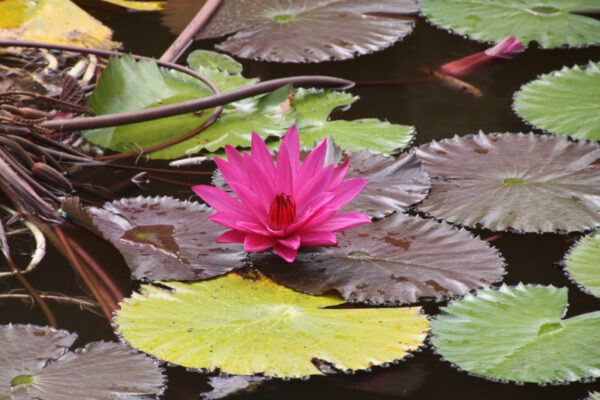
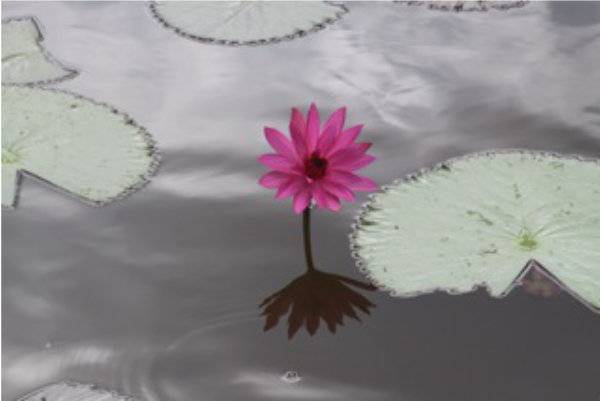
*Because we have not been able to travel for the last two years, here are a few photos from my travels before the pandemic hit the world. A kind of nostalgia for the time when we were healthier and more mobile and even remote places were within reach and the world seemed to be more peaceful and beautiful.
It’s an assortment of photos taken in places like Bali, Peru, China, Slovenia, Egypt, England, Scotland, Cambodia, Myanmar, Hawaii.
